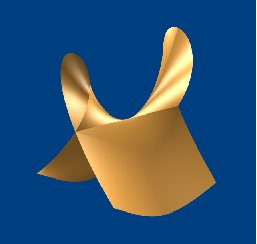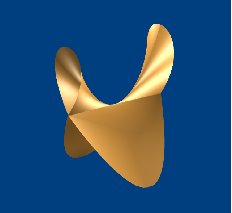You are here:
Computational Geometry
/
Projects
/
GAIA
/
Applications
/
Ray tracing


